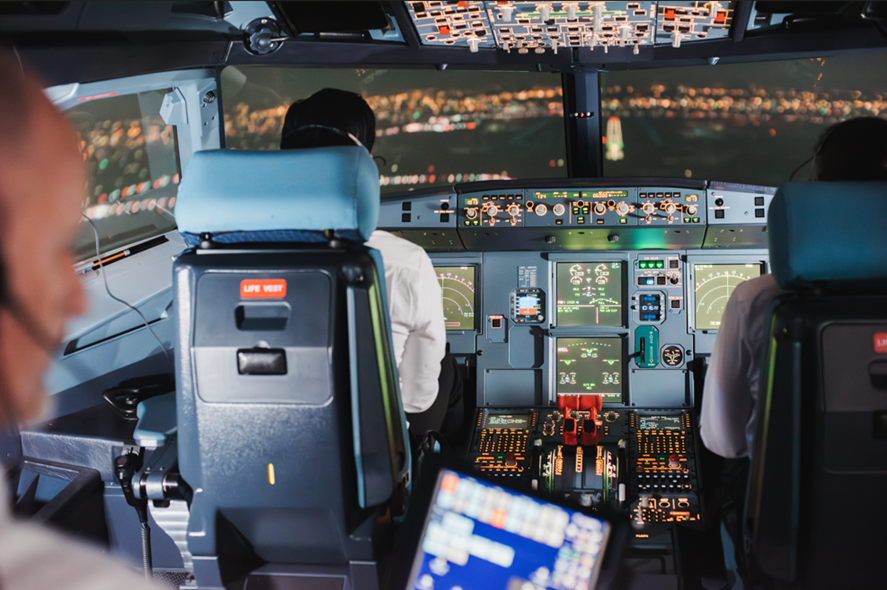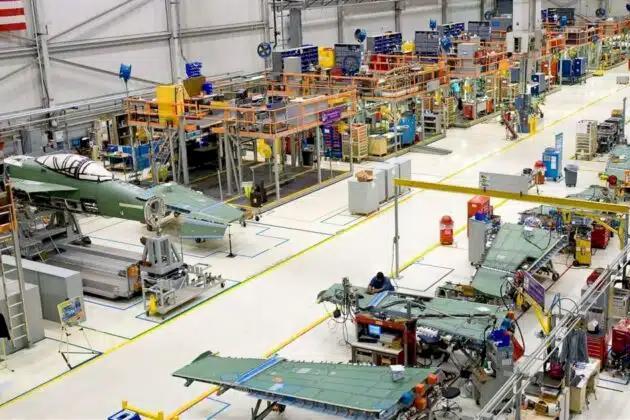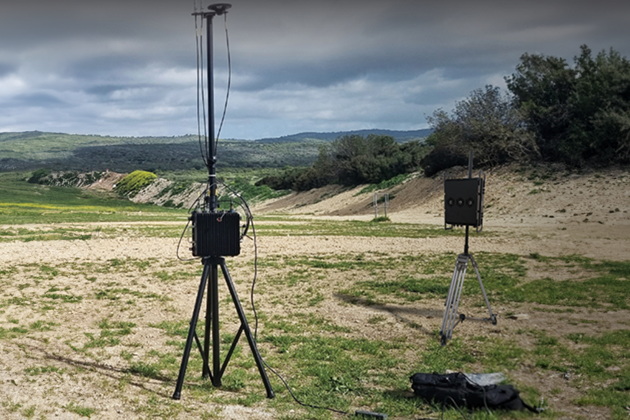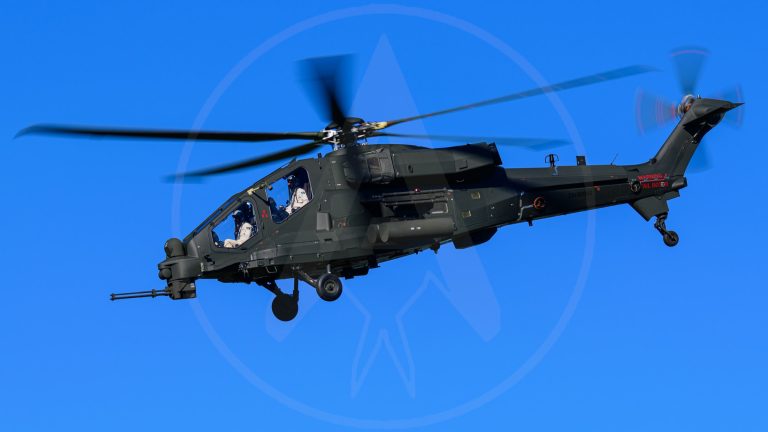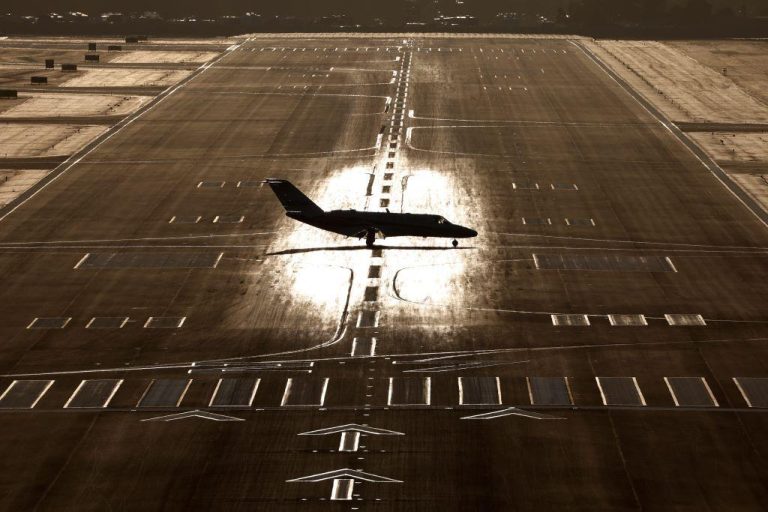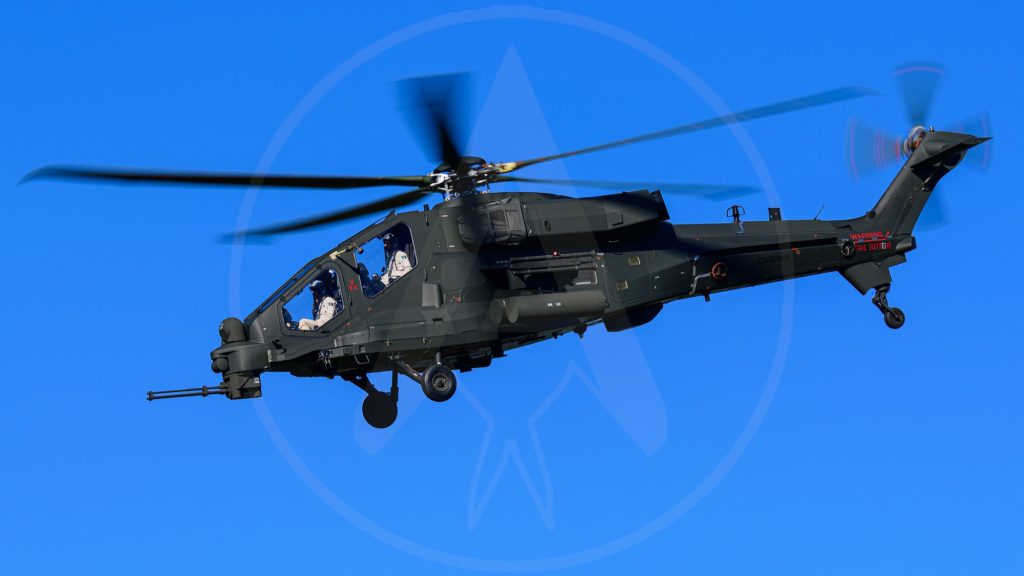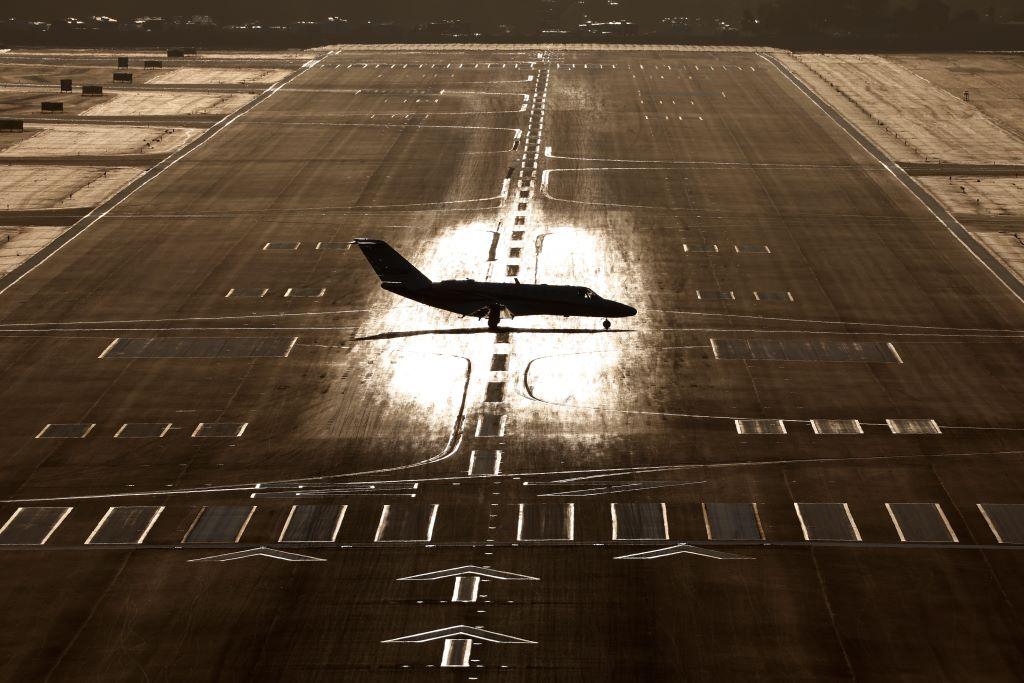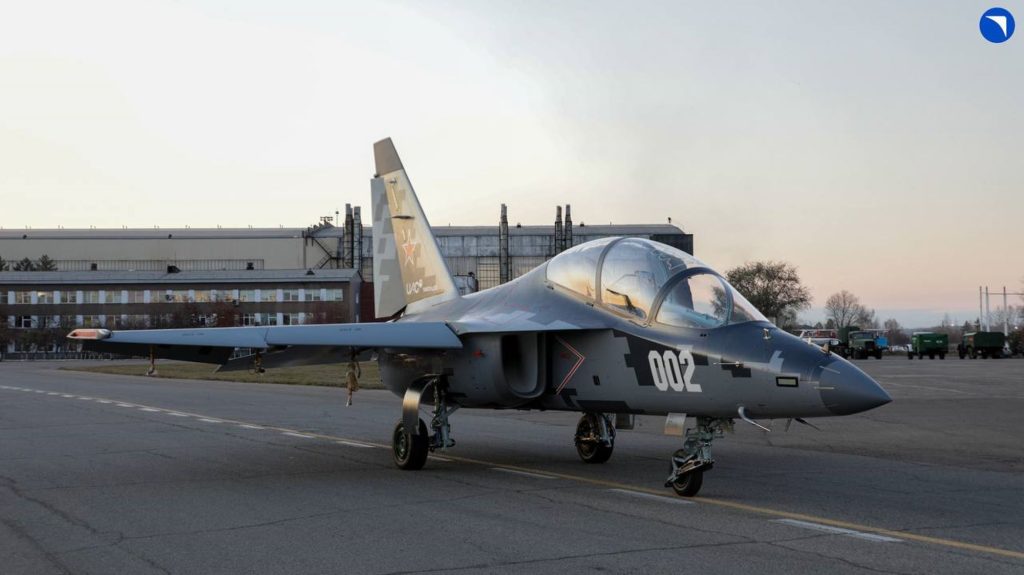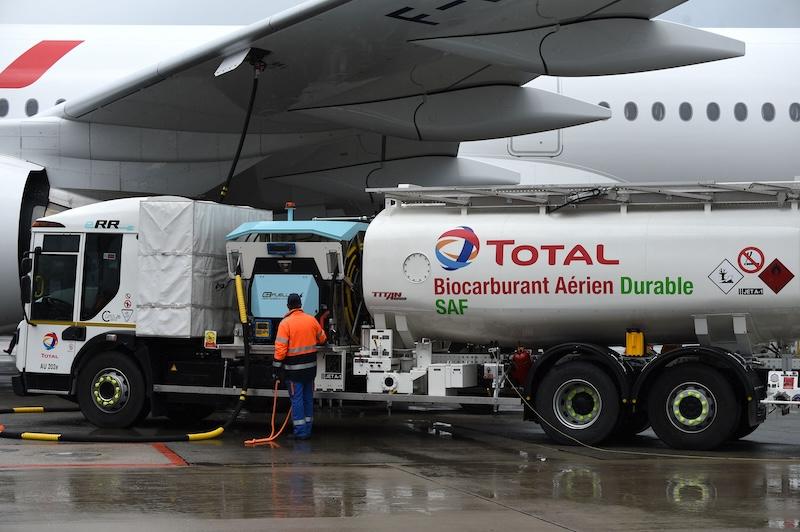As air traffic grows and airspace congestion intensifies, the aviation industry is turning to advanced technologies for solutions. ADS-B In (Automatic Dependent Surveillance-Broadcast In) represents a shift from traditional radar-based systems to GPS-precision technology that gives pilots real-time situational awareness.
Aviation Week Network spoke with Robin Glover-Faure of Acron Aviation to explore how this technology can reduce critical safety concerns while delivering operational benefits to airlines.

Aviation Week: With more than 1,400 runway incursions last year, how does ADS-B In technology address this persistent safety challenge?
Robin Glover-Faure: The growing number of aircraft certainly compounds the problem, but this isn’t new. Back in 2010, the NTSB recommended equipping all aircraft with ADS-B-based taxi management solutions. Even 15 years ago, they recognized we needed ADS-B protection on runways. Currently, we rely entirely on air traffic control to manage separation near airports. With ADS-B In, pilots would see all traffic around the runway on a map display.
Recently, a commercial air transport flight had to execute a touch-and-go when a business jet crossed its runway. Those go-arounds are expensive, burn extra fuel, add time, and introduce unnecessary risk. ADS-B In would have flagged the conflict well in advance.
AW: You’ve been working with the U.S. Senate on the ROTOR Act to mandate ADS-B In. What’s the biggest obstacle to getting it passed, and how do you see it being overcome?
RGF: Aerospace mandates face two major hurdles: industry buy-in and cost. What’s remarkable this time is we have unanimous industry support, which is rare. At a Washington summit in July, every stakeholder—pilots, GAMA, airlines, and the FAA—agreed we need this mandate. The cost challenge involves updating ATC systems, training controllers, and upgrading aircraft.
We’ve already developed a certified retrofit solution from our American Airlines work—existing ACSS, a joint venture between Acron Aviation and Thales, surveillance system users need just a software load and the addition of a 3 ATI display. But airlines want operational benefits beyond safety to justify the investment.
AW: The DFW trials showed zero separation incidents and up to five extra landings per hour. Why isn’t every airline adopting ADS-B In?
RGF: When we say zero separation incidents, we’re not reducing spacing; if you’re assigned five-minute separation, you maintain five minutes. The difference is precision. Today’s five-minute spacing has slack—you might drift plus or minus 30 seconds. With these applications, you receive specific speed commands that maintain exactly five minutes at waypoints.
This precision saves 10 to 20 seconds per flight through reduced fuel burn—millions in annual savings, depending on the size of the fleet. The real business case for American Airlines was blockplanning. In bad weather, instead of scheduling two-and-a-half hours, they could plan two hours and 15 minutes because these applications maintain separation even in poor conditions. Stack those efficiencies and an airline could gain an extra daily flight for that aircraft.
The catch is that this requires widespread adoption. Airlines are watching closely, but they need confirmation that the FAA will provide infrastructure and training support.
AW: How is ADS-B In changing the traditional relationship between pilots and air traffic controllers?
RGF: It’s transforming a one-way directive system into a collaborative partnership. Controllers can now issue a single command knowing pilots have the tools to execute it precisely—no constant check-ins, no repeated corrections. The communication becomes cleaner and more efficient.
From the pilot’s perspective, they’re no longer dependent solely on ATC instructions. They can see what controllers see—tag an aircraft ahead, set exact spacing parameters, and receive active guidance to maintain it. The system becomes a shared workspace rather than a hierarchy.
The underlying technology represents an equally dramatic shift. We’re moving from TCAS—essentially RF replies giving rough bearings—to GPS-precision data showing exact positions, altitudes, speeds, and flight IDs. Pilots know not just where traffic is, but where it’s going and why. They become informed partners in separation management rather than passive recipients of instructions.
AW: Beyond safety, what’s the strongest case for airlines to invest in SafeRoute+ now, and how does ADS-B In fit into the future of airspace management?
RGF: Fuel savings lead the business case—those 10 to 20 seconds per flight multiply across thousands of operations. Add reduced delays and fewer go-arounds, and you’re suddenly more competitive with better on-time performance and marketing advantages.
With ADS-B In supporting instrument approaches, airlines can optimize block times even in bad weather. Airlines view this as a competitive edge—beyond fuel savings, they’re positioning themselves to fly more daily flights while marketing superior on-time performance.
The cascading benefits, such as “more on time” and “more flights offered”, can reshape an airline’s market position, turning operational excellence into a marketable advantage.
